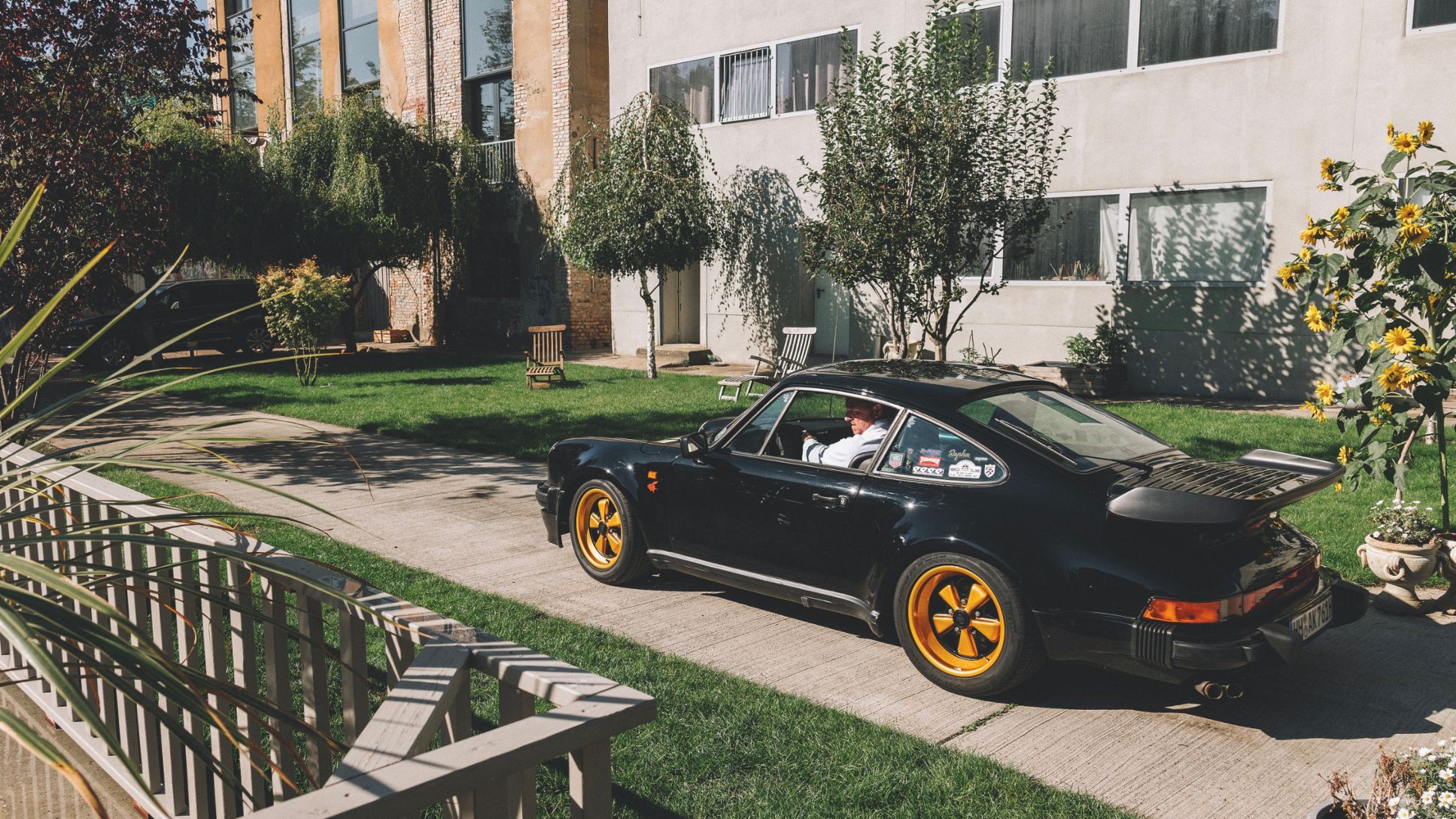It all started with a broken vertebra. Andreas Mühe started his work as an assistant to photographer Anatol Kotte with a souvenir from his first attempts at kitesurfing. “I had to wear a support brace and wasn’t allowed to lift anything for months,” says the Chemnitz native, remembering the injury he suffered back in 1999. It didn’t exactly make Mühe’s job easy, as Kotte at the time only used 8×10-inch large-format cameras from the Munich-based manufacturer Linhof. The equipment was bulky and heavy.
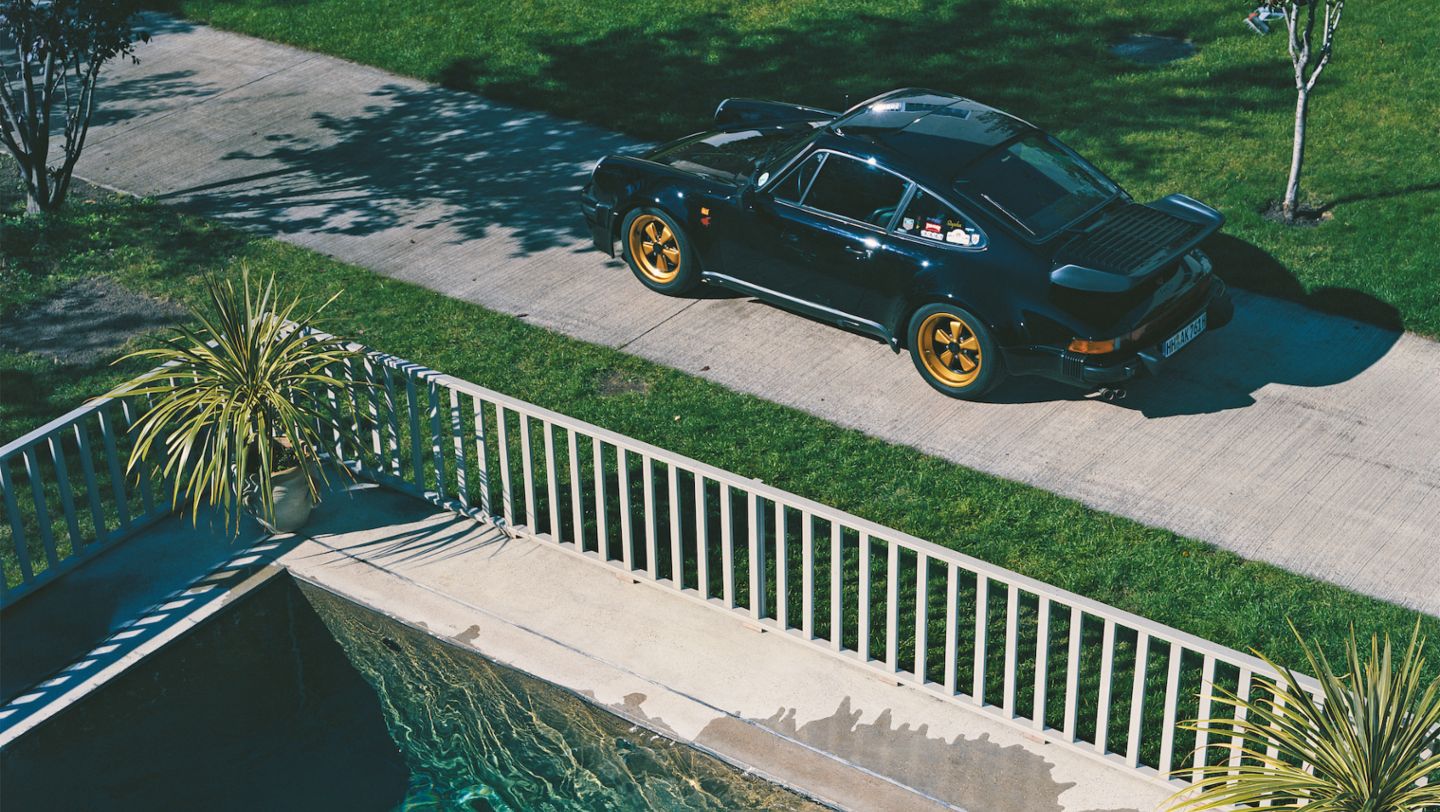
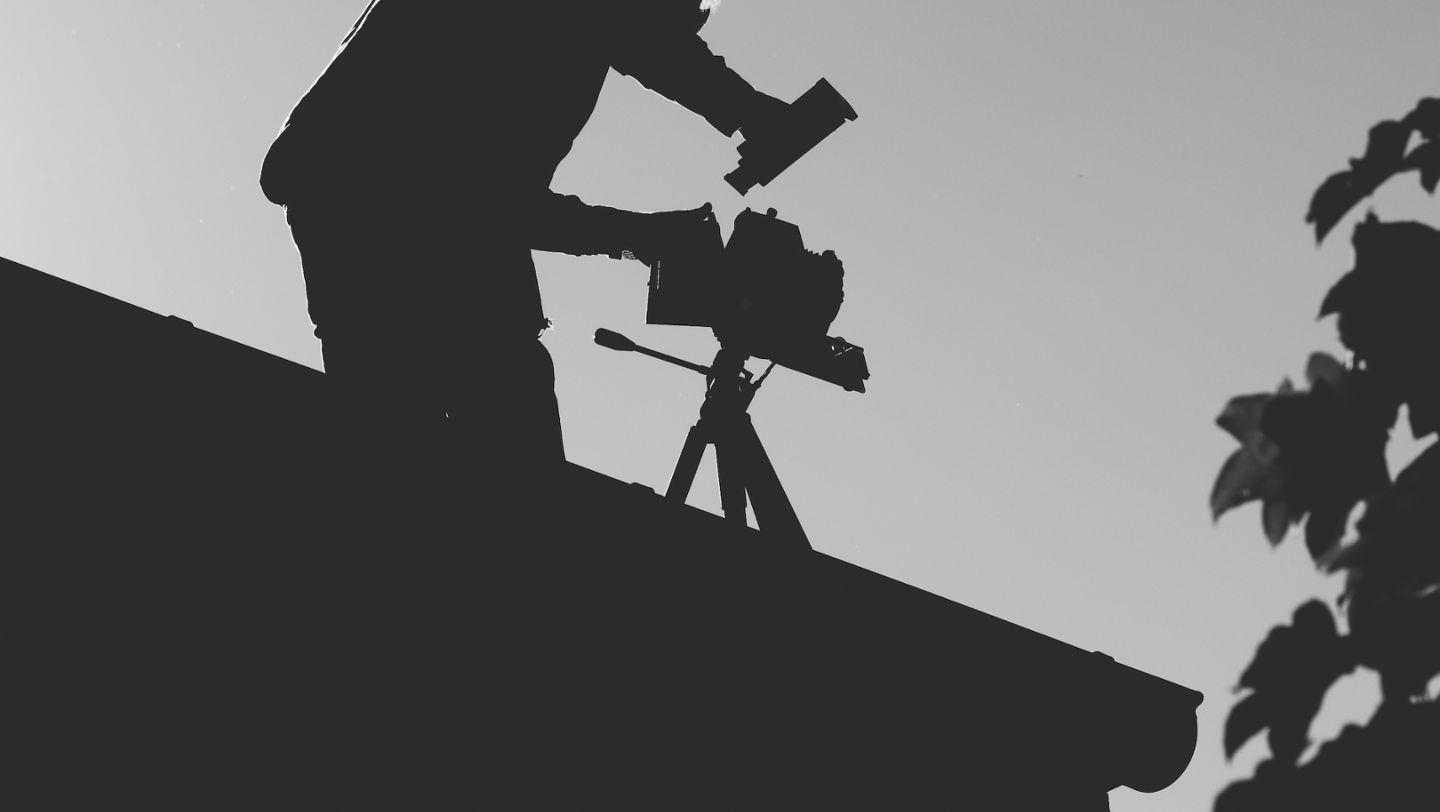


1/2
“Anatol was a good, generous boss. I should have stayed with him longer,” says the 42-year-old. Almost a quarter of a century later, the two photographers still see each other regularly. Yet there is more that they have in common than their 18 months as boss and assistant and their love of large-format analogue photography. Both take portraits of celebrities, both have the finished photo in mind before it’s taken, and both have four daughters. “The craft of large-format photography requires close collaboration,” says Kotte. “That meant I needed an assistant with perfect timing. It’s a bit like synchronised swimming.”
Very close collaboration
Mühe’s sense of humour wasn’t a bad thing either, he says. It was also just as well that they liked each other, as they spent more time with each other than with their wives. “Jobs took a lot longer back then than they do today. We’d see each other all day, hear each other, smell each other,” they explain, throwing in a few anecdotes. “The collaboration is so close that you know everything about each other,” says Kotte, who is also the long-time owner of the CAPITIS gallery in Hamburg.
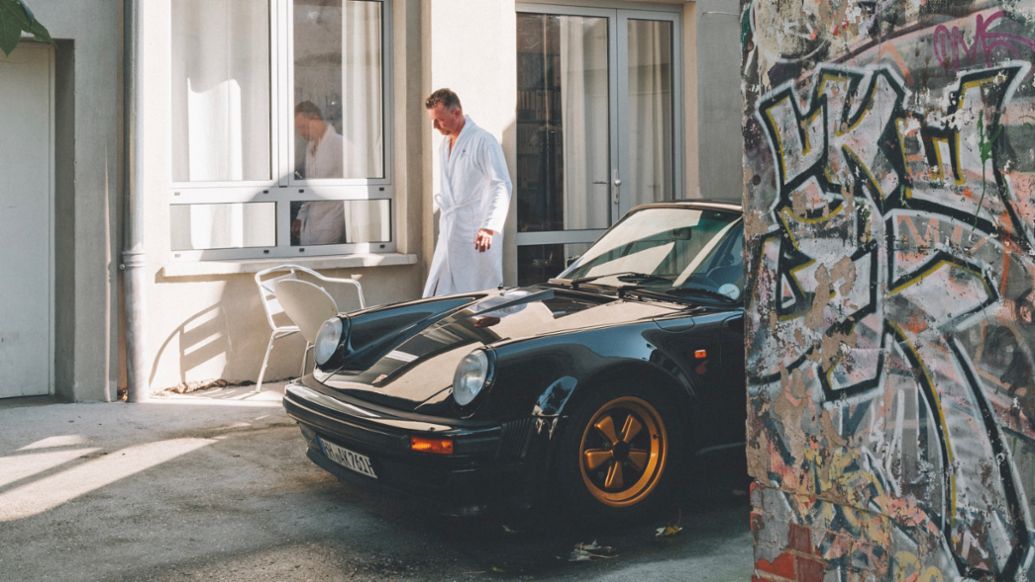
For Porsche Klassik, we sent Mühe, Kotte and Kotte’s black 930-generation 911 Turbo with gold rims on their way. The mission: the former assistant would photograph his ex-boss and his daily driver, a vehicle that was once the fastest production sports car in the world. At Porsche, the top Turbo model has always stood for uncompromising everyday practicality and the perfect combination of tradition and innovation. And for the limit of what is possible.
An artist as photographer
Choosing specific locations ahead of timed seemed like the wrong approach, as we were working with two internationally successful professionals for the project. We wouldn’t tell Walter Röhrl how to drive for us, after all … And a Turbo can’t fail to put on a good show. “Andreas has a fantastic sense of style,” says Kotte. “Over and over again, he manages to capture everything that makes an image great, whether in the studio or outside. I’m a photographer and as a photographer, he’s an artist,” he says .
Normally they make sure renowned actors, musicians and politicians are in the right light. They’ve both had Angela Merkel in front of the camera. Kotte is presenting a collection from over 30 years – Merkel, Rihanna, Miss Piggy, in colour and black and white – in his book, ‘Iconication’. Each photo is timeless and delicate, all portraits immaculately arranged, always in close-up, always moving. “It involves a lot of brainwork up front, but it’s always worth it,” says the 58-year-old.
Understanding for large-format photography
Mühe is taking along his Linhof camera, made by the oldest manufacturer of large-format cameras. His cell phone is analogue just like the camera; he says a smartphone is too stressful for him. The result of each shot only shows up in the darkroom later on. “I learned about large-format photography from Anatol,” says Mühe, who trained as a photo lab technician before taking the job as his assistant. “I photographed Anatol for Porsche Klassik with exactly the same camera I used when I was learning from him back then.”
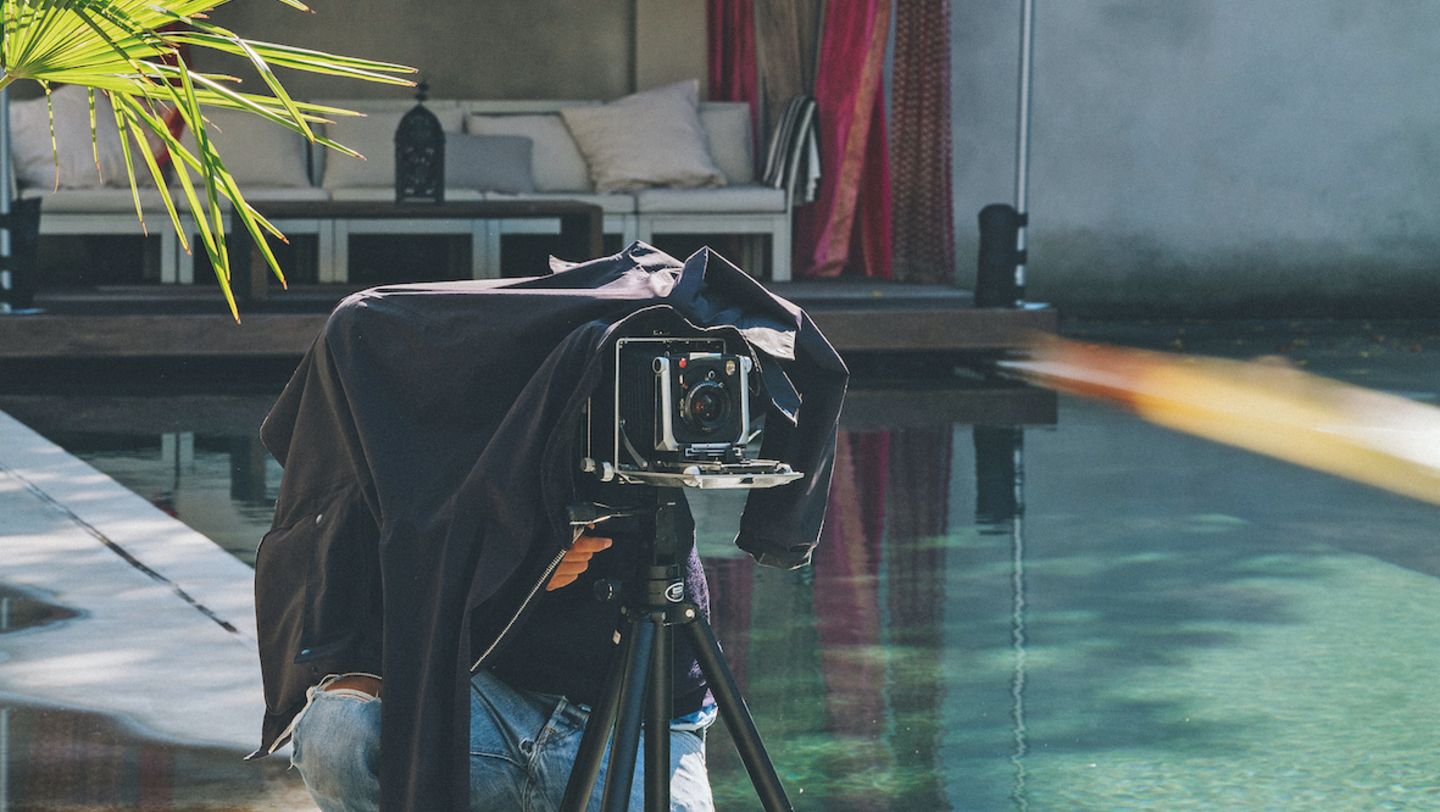



1/2
For his ‘Mischpoche’ project – the name translates as ‘clan’ – Mühe portrayed his own patchwork family for posterity. “The picture of my life was taken in my relatives’ old living room.” He had replicas of family members who were no longer alive, among them his father Ulrich Mühe, made as true-to-life silicone figures. In the final result, they mingle with the living. His photos are like compositions and many have a background with sculptural qualities. “As a good photographer, you use lighting and you model something. It’s like sculpting, just in a different dimension,” explains Mühe, who knew he wanted to be a photographer when he was 12 years old. “The subjects come to me. I just have to work hard.”
Mühe’s creations exhibit a delightful interplay between proximity and distance, speed and stagnation. They leave room for interpretation and have a magical, mystical appearance. But we’d like to know why Anatol isn’t wearing anything, as this took us a little by surprise. “Because Andreas wanted it that way.” Let’s call it artistic licence. And let’s enjoy the dramaturgy of light and shadow.






